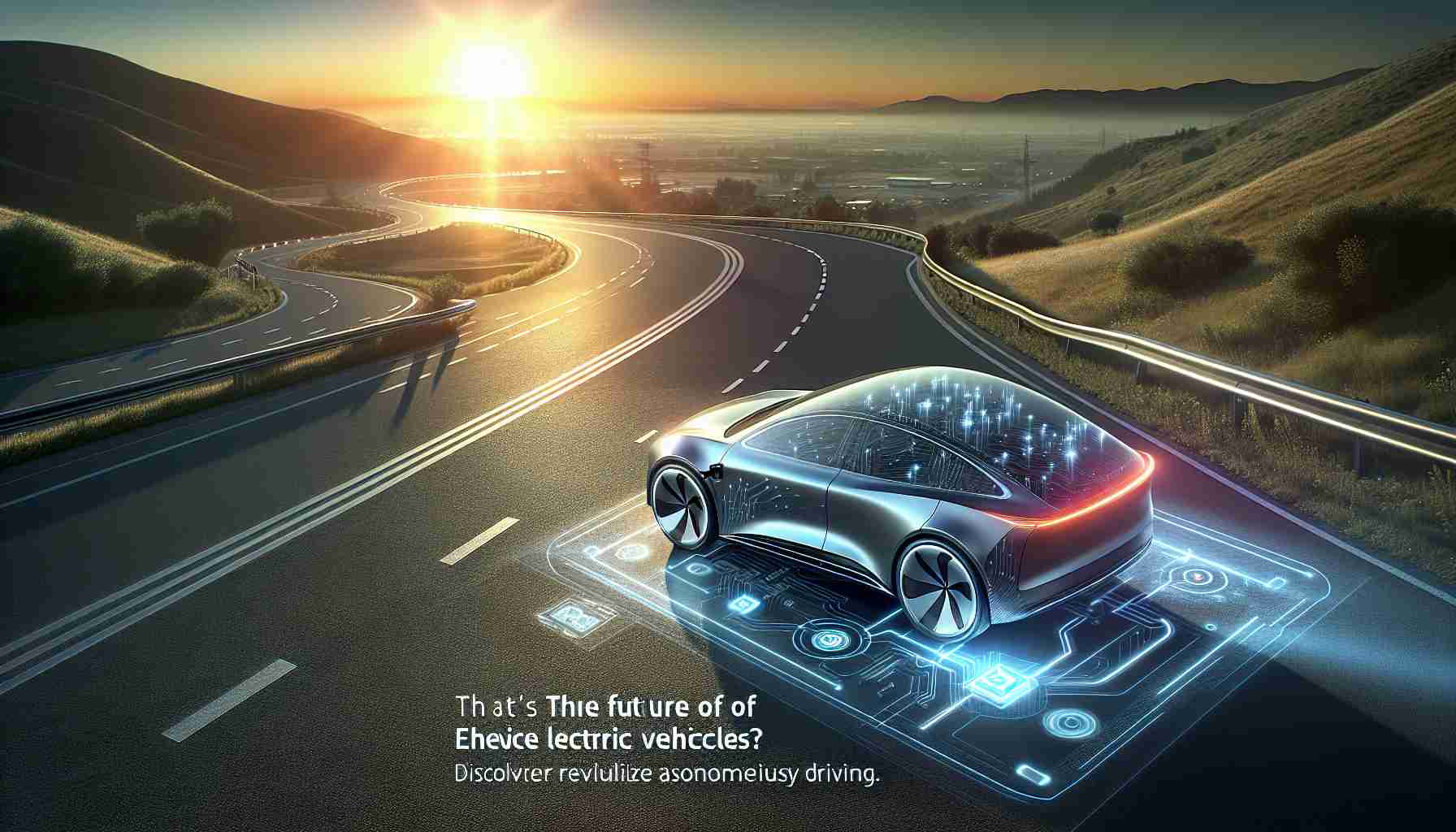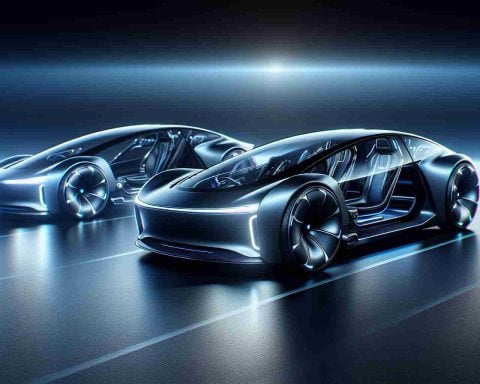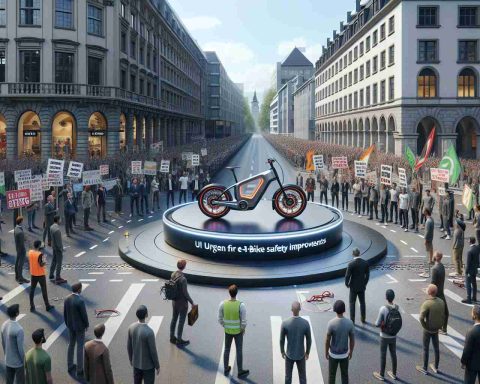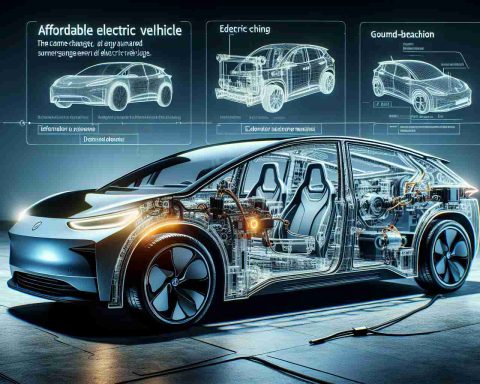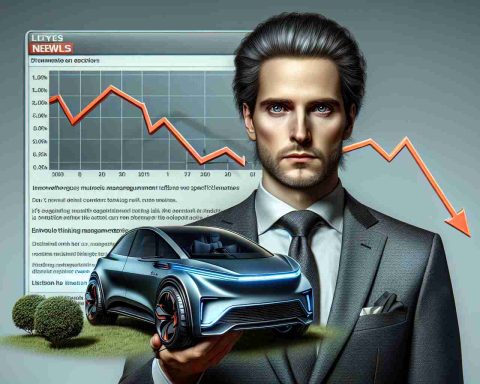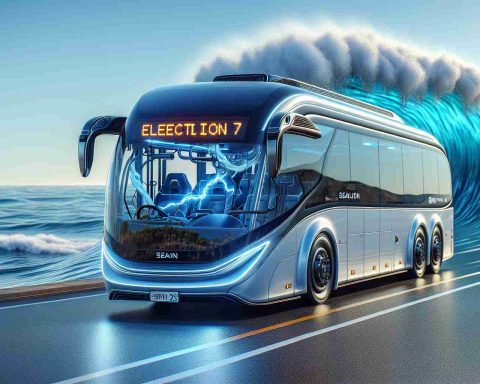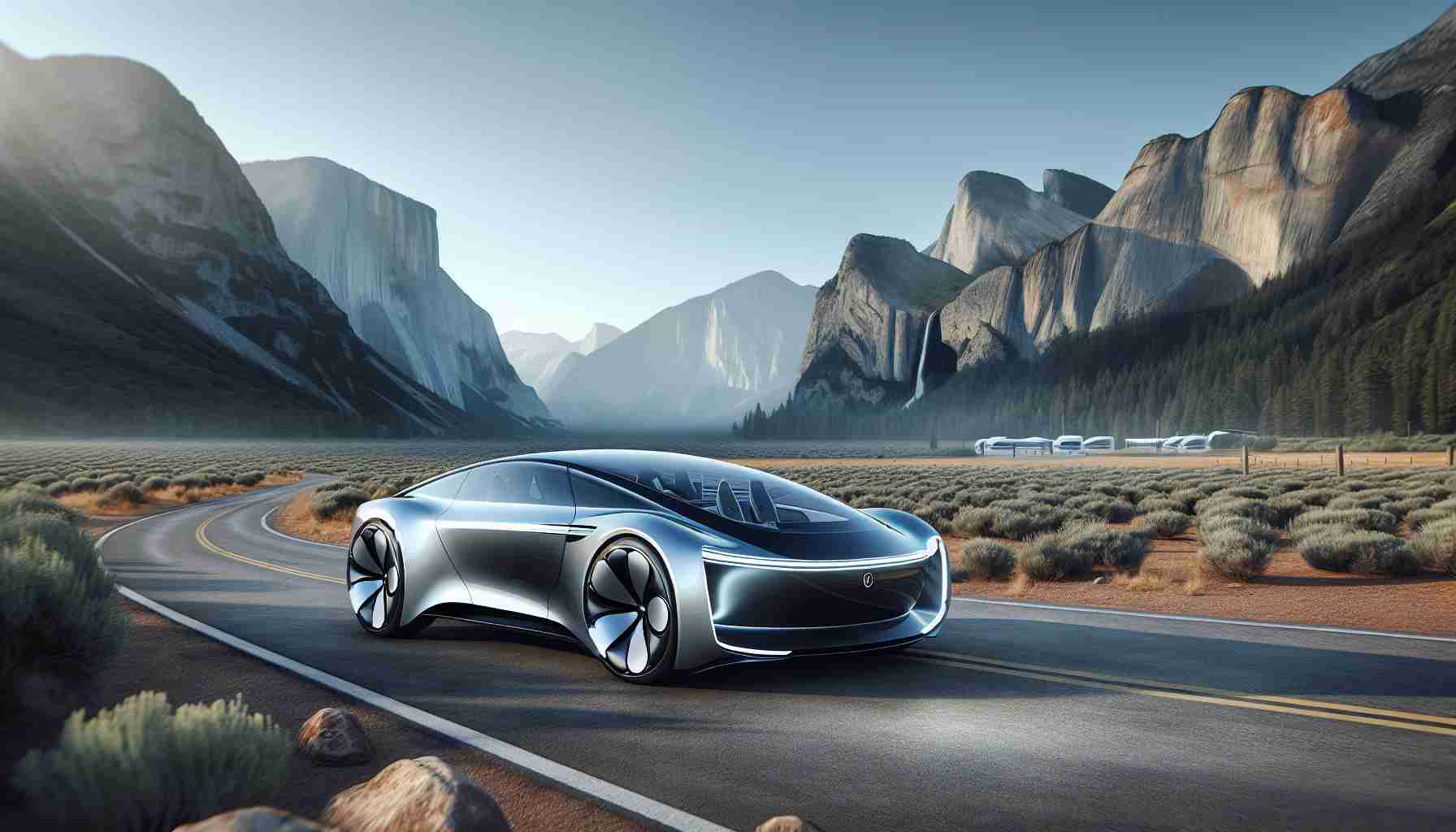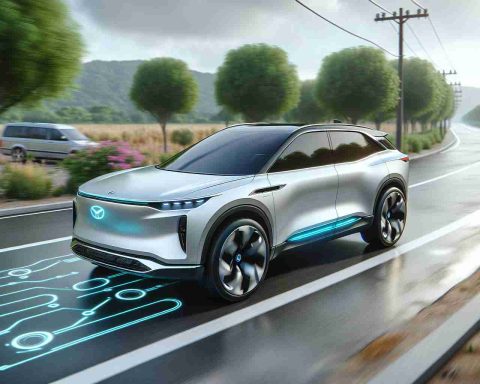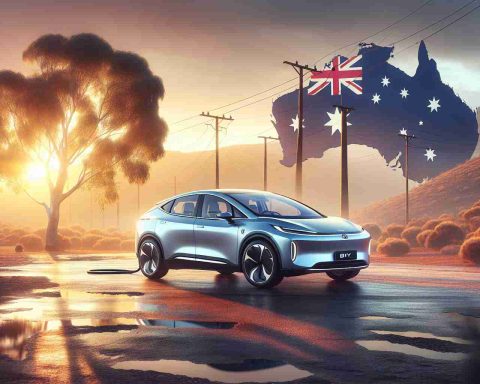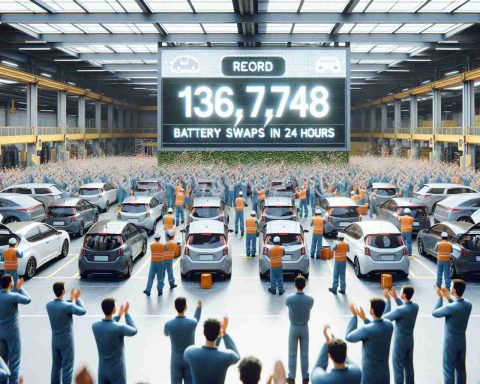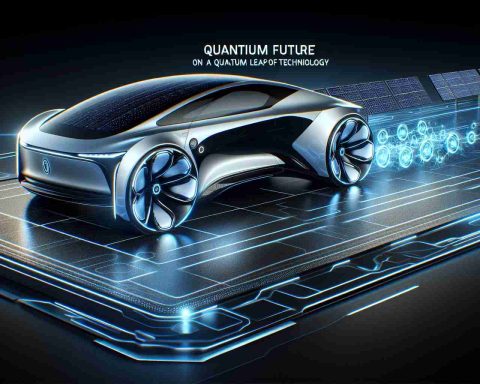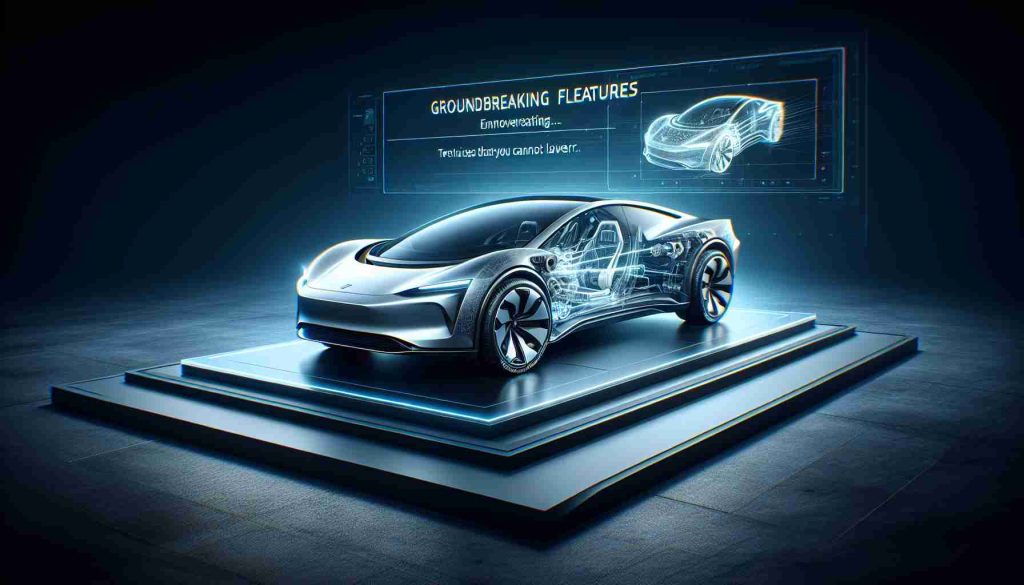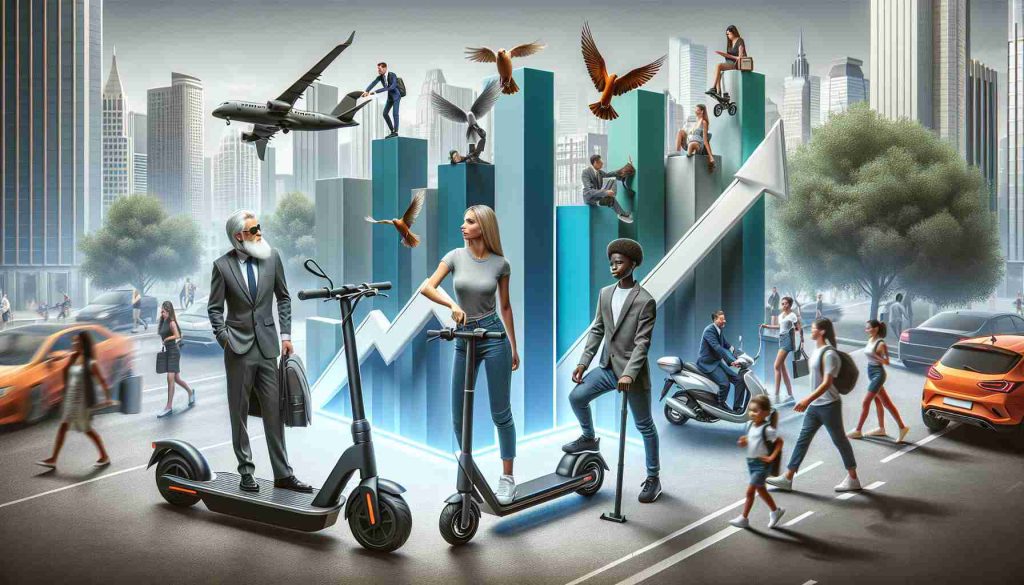- NIO is a key player in the electric vehicle market, established in 2014, with a focus on autonomous driving and battery swapping technologies.
- The NIO Autonomous Driving (NAD) system uses AI and deep learning to enhance driving safety and provide a seamless experience.
- NIO’s innovative battery swapping stations allow fast battery replacement, minimizing downtime and offering an alternative to traditional charging.
- NIO is committed to sustainability, aiming to revolutionize vehicle-environment interactions with eco-friendly materials and processes.
- The company envisions a future of sustainable and autonomous transportation, representing a shift in automotive technology.
In the rapidly evolving electric vehicle (EV) market, the name NIO has emerged as a significant player with bold ambitions. Founded in 2014, this Chinese automobile manufacturer is not just focused on producing electric cars but is also pioneering cutting-edge technologies in autonomous driving and battery swapping.
Autonomous Driving Innovation: NIO distinguishes itself by integrating artificial intelligence into its vehicles, enabling advanced autonomous driving capabilities. Their pilot version, the NIO Autonomous Driving (NAD) system, aims to provide a safer, more seamless driving experience by leveraging sophisticated sensors and a powerful computing platform. It adopts a unique approach, using deep learning algorithms to continuously enhance its decision-making skills.
Battery Swapping Technology: While most EV manufacturers focus on charging speed and range, NIO is innovating with its battery swapping stations. This technology allows drivers to swap their depleted batteries for fully charged ones in just minutes, reducing downtime significantly. With several swap stations already operational in China, NIO plans to expand globally, providing an alternative to conventional charging methods.
Sustainability and the Future: As NIO continues to expand, it aims to redefine not only how vehicles are powered but also how they interact with their environment. Their commitment to using environmentally friendly materials and processes places them at the forefront of the green revolution in the automotive sector. With a vision for a more sustainable and autonomous future, NIO is not just a car manufacturer; it is an emblem of the technological shift in transportation.
Why NIO Is the Tesla of China: Exploring Their Innovations and Market Strategy
1. What are the most notable features and capabilities of NIO’s vehicles?
Features and Capabilities:
NIO’s vehicles come equipped with advanced features designed to enhance both performance and user experience. Key factors include:
– NIO Autonomous Driving (NAD): The NAD system incorporates multiple sensors, including cameras, LIDAR, and radar, to support high-level autonomous driving. The system is designed to improve over time through over-the-air (OTA) updates, allowing vehicles to learn and adapt.
– Battery Swapping Technology: NIO’s battery swapping stations allow drivers to replace their vehicle’s battery in under five minutes, a faster alternative to charging. This feature is gaining traction as it addresses concerns about charging speed and availability, promising enhanced convenience for EV owners.
– NOMI AI: An integrated AI assistant that offers real-time navigation help, smart home connectivity, and entertainment options, making the NIO driving experience unique and engaging.
– Sustainability: Use of recycled and environmentally friendly materials in vehicle production to minimize environmental impact.
These features position NIO as a forward-thinking company that is not only enhancing the EV market but also adapting to future technological trends.
2. How does NIO’s battery swapping technology compare to traditional charging methods?
Comparison of Battery Swapping and Traditional Charging:
Battery swapping presents several advantages and some challenges when compared to conventional charging methods:
– Advantages:
– Speed: A battery swap takes under five minutes, compared to potentially hours for a full charge with traditional methods.
– Convenience: Eliminates range anxiety by allowing drivers to replace a near-depleted battery easily.
– Longevity: Less physical wear on the battery due to reduced charge-discharge cycles.
– Challenges:
– Infrastructure Costs: Building and maintaining swap stations can be expensive, requiring significant investment.
– Standardization: The need for compatible batteries and vehicles, which may limit widespread adoption if not standardized globally.
NIO’s innovation could revolutionize the way EVs are used, offering a complementary option to traditional charging methods.
3. What are the potential challenges and controversies surrounding NIO’s global expansion?
Challenges and Controversies:
As NIO expands its operations beyond China, several challenges and controversies could emerge:
– Market Competition: Entering well-established markets like Europe and North America, where companies like Tesla dominate, NIO must differentiate itself with unique offerings.
– Regulatory Compliance: Adhering to different international regulations on automotive safety, emissions, and technology can be complex and costly.
– International Relations: Geopolitical tensions could hinder collaboration with foreign companies or the establishment of operations overseas.
– Intellectual Property Concerns: Protecting proprietary technologies and addressing accusations of infringement are critical as NIO navigates global markets.
Despite these challenges, NIO’s focus on innovation and sustainability positions it as a strong contender on the global stage.
For further insights into NIO and their innovations, visit the NIO website.
